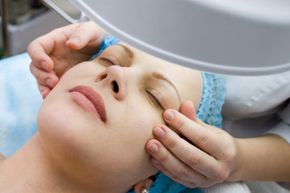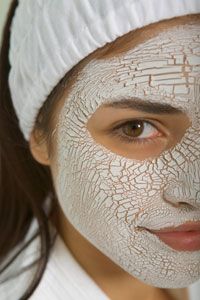If you'd like to reduce the appearance of scars, cellulite and stretch marks but don't want to have surgery or risk unpleasant side effects, you might consider the lesser-known treatment of carboxytherapy. As its name suggests, carboxytherapy involves the injection of carbon dioxide gas just below the skin's surface. This is intended to jump-start circulation and increase the production of collagen, which can improve the look of the skin [source: McDonald].
Aging can reduce blood circulation, which means less oxygen gets to the cells. As a result, the process of creating new cells slows or even stops. Injecting carbon dioxide gas under the skin tricks the body into believing it needs more oxygen, presumably resulting in an increase in blood flow and cell growth [source: McDonald]. Carboxytherapy is also believed to destroy fat cells, which can make the top layer of skin tissue feel and look firmer [source: Cosmetic Medical].
Advertisement
Because the process of injecting the carbon dioxide gas into the skin is done with a tiny needle, the procedure is considered to be nonsurgical. If you're not fond of the idea of surgery to repair damaged or aged skin, this aspect of carboxytherapy might appeal to you.
Those who offer the treatment say it can be used effectively in the majority of patients to remove stretch marks, cellulite, dark under-eye circles and scars over the course of a series of sessions. It can be used to treat many parts of the body, including the face, eyelids, neck, arms, stomach, legs and buttocks [source: Zdinak]. Carboxytherapy is available at spas and cosmetic surgery centers around the world.
Read on to find out how effective this treatment is.
Advertisement


